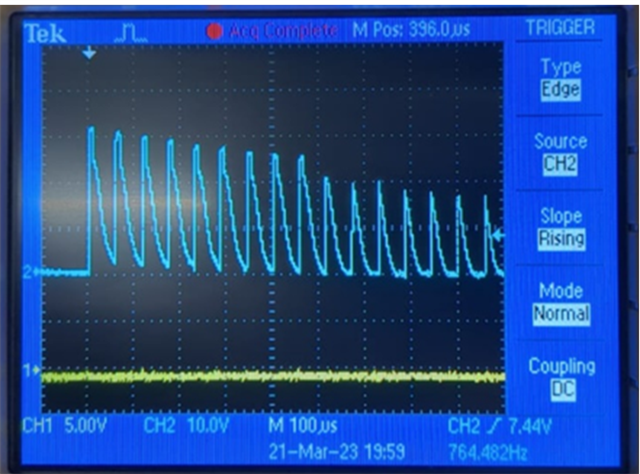Other Parts Discussed in Thread: TPS54260
One of my college student is having the below described issue.
Application : BLDC Motor- 12V/2A max rating with DRV8301 Driver IC.
Below are the stage wise development activities.
- Stage 1 : Both are EVMs (DRV8301-TI, STM32- ST). Tested OK
- Stage2 : DRV8301-redesigned inhouse + STM32-ST. Tested OK
- Stage3 : Main Board-Designed in house (with both DRV8301, STM32). PCB Assembled by manual soldering.
- Individual section testing : Motor tested ok by driving through MCU. LCD also tested OK.
- While running all together
- MCU Burnt in 1 board.
- Motor driver IC DRV8301 burnt in 1 board.
- Motor drive is OK at 60% without display. When we connect the LCD connector at that speed, the driver IC/MCU damages. Arcing is observed on driver IC. 3V3 short to GND. Removed all 3V3 ICs, still there was a short.
As i mentioned, its a college project. they dont have proper set up & tools to capture the data and send.
If TI helps by telling possible causes for this issue, i will try to help them to sort it out.
LCD_Display_AutoCPAP schematic.pdf



